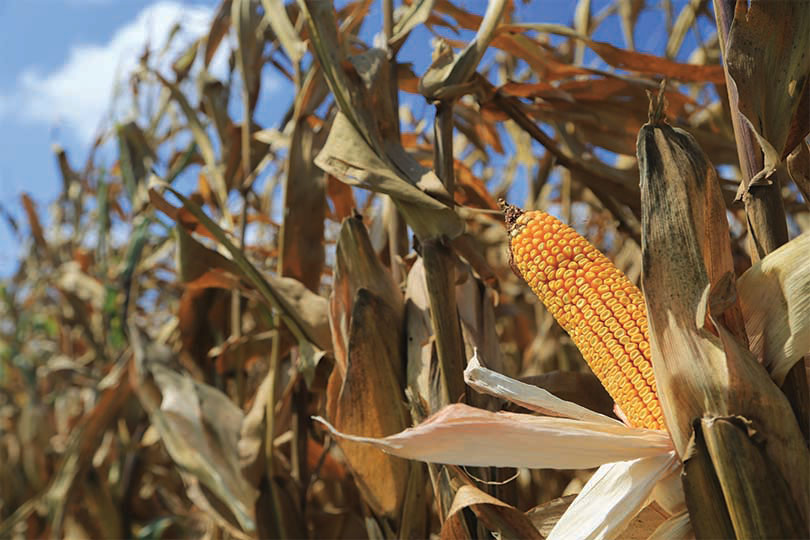By Jennifer Dorsett
Field Editor
The U.S. Department of Agriculture (USDA) recently finalized changes to update and modernize biotechnology regulations under the Plant Protection Act.
Under the new Sustainable, Ecological, Consistent, Uniform, Responsible, Efficient (SECURE) rule, plant biotech regulations will be updated by removing duplicated and antiquated processes., This will help facilitate the development and availability of new technologies and provide American farmers and ranchers access to the innovative tools to help increase productivity and sustainability.
“Under President Trump’s leadership, USDA is implementing the first significant update to our plant biotechnology regulations in more than three decades,” U.S. Secretary of Agriculture Sonny Perdue said in a statement. “USDA’s SECURE rule will streamline and modernize our regulatory system, facilitate science-based innovations and provide our farmers with the tools they need to produce the world’s safest, most abundant and most affordable food supply, which will help us continue to do right and feed everyone safely.”
Previous regulations were implemented in 1987 before the first genetically modified seeds were released in the mid-1990s and years before gene-editing technology, such as CRISPR, allowed for faster modifications without using genetic material from other species.
USDA said the previous regulations focused on whether genetic engineering used a plant pest to develop modified plants and required a “lengthy” deregulation process for plants that didn’t pose an increased pest risk.
“After 30 years of experience, USDA’s Animal and Plant Health Inspection Service (APHIS) regulatory scientists know that simply using a plant pest in the development of a plant does not necessarily cause the plant to pose a risk to plant health,” Perdue said. “The final rule puts in place a more efficient process to identify plants that would be subject to regulation, focusing on the properties of the plant rather than on its method of production.”
Now, according to the final rule, APHIS will evaluate plants developed using genetic engineering for plant pest risk under a regulatory status review. Only plants that reasonably pose an increased plant pest risk will be evaluated.
The agency said the new rule is a science-based and risk-proportionate regulatory system that will help increase agricultural productivity and sustainability, improve the nutritional value and quality of crops, combat pests and diseases and enhance food safety.
Other federal agencies, including the U.S. Food and Drug Administration (FDA) and Environmental Protection Agency (EPA), applauded the overhaul.
“EPA applauds USDA’s efforts to finalize the SECURE rule that will support our nation’s farmers,” U.S. Environmental Protection Agency (EPA) Administrator Andrew Wheeler said. “EPA is continuing our own efforts to safely reduce unnecessary regulations and further break down barriers to support advancements in biotechnology.”
American Farm Bureau Federation (AFBF) also supported the modernization, noting the SECURE rule encourages innovation in new plant breeding techniques while safeguarding the nation’s food supply.
“We appreciate the USDA and Secretary Perdue for their common-sense approach to encouraging innovation,” AFBF President Zippy Duvall said. “At a time when agriculture is facing many economic headwinds, the science-based rule provides the opportunity to solve current and future challenges for agricultural production and food security.”
The rule was published in the Federal Register on May 18. The new rule’s provisions become effective on key dates over the next 18 months. A complete overview of the effective dates for the provisions in the final rule and a description of the implementation process is available on APHIS’ website.


Certainly time for new rules and guidelines! 🤓
This should strengthen USA agriculture and food supplies considerably!